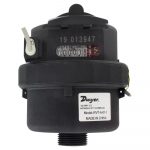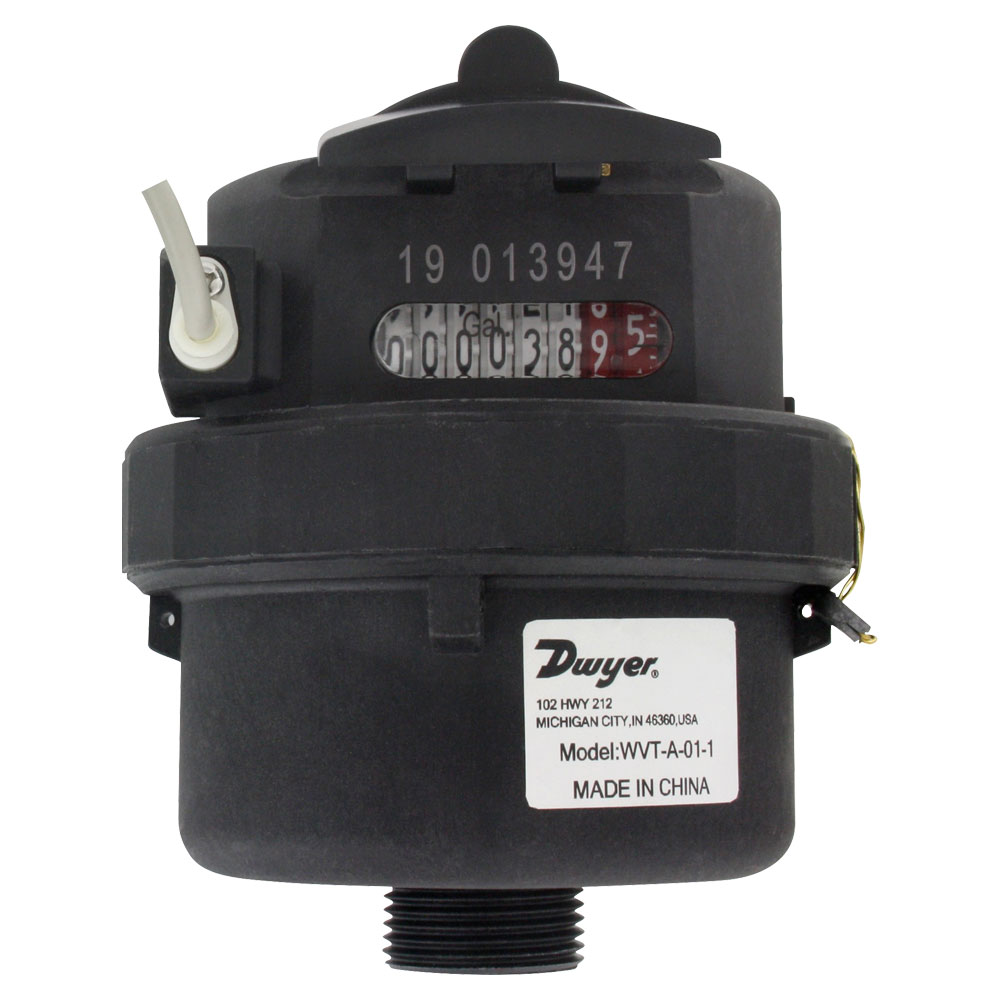 If you’re looking to purchase a new water meter, it can be hard to discern what type of meter you should pick. There are many things to consider, from the body material to the outputs to whether any approvals are required. One of the most important considerations for selecting a meter for your application is how the meter will be installed, as certain technologies can limit the meter’s installation orientation. For example, multi-jet meters measure flow by generating multiple jets of water against an impeller in an internal chamber. As the impeller rotates, the flow is totalized on the meter face. In order to meet the stated accuracy, multi-jet meters must be installed horizontally. If a multi-jet meter is installed vertically, the impeller will not rotate correctly and the readings will not meet the stated accuracy specification.
If you’re looking to purchase a new water meter, it can be hard to discern what type of meter you should pick. There are many things to consider, from the body material to the outputs to whether any approvals are required. One of the most important considerations for selecting a meter for your application is how the meter will be installed, as certain technologies can limit the meter’s installation orientation. For example, multi-jet meters measure flow by generating multiple jets of water against an impeller in an internal chamber. As the impeller rotates, the flow is totalized on the meter face. In order to meet the stated accuracy, multi-jet meters must be installed horizontally. If a multi-jet meter is installed vertically, the impeller will not rotate correctly and the readings will not meet the stated accuracy specification.
Positive displacement meters operate by displacing the same amount of water with each rotation. There are several types of positive displacement flowmeters, including piston, bi-rotor, and nutating disc. Although the internal mechanism varies, the operation principle is similar in all positive displacement meters. If you are in need of a water meter that can be installed vertically, consider choosing a water meter with piston displacement technology. Each time the piston rotates and mechanically displaces the water, it is totalized on the meter face. Because the same amount of water is displaced by the piston with each rotation, piston displacement meters can be installed either horizontally or vertically while still maintaining their accuracy. Piston displacement meters are also one of the most cost effective types of positive displacement meters.
 Thanks to their flexible installation orientation, piston displacement meters can be used in a wide variety of applications. Because they directly measure fluid volume with reliable accuracy, piston displacement meters are a great tool to measure and verify water usage. This includes applications such as residential water metering and flow monitoring in irrigation systems and manufactured equipment. By accurately measuring and monitoring flow, you will have a better understanding of your system’s water usage and be able to make adjustments in order to conserve water and potentially decrease your system costs.
Thanks to their flexible installation orientation, piston displacement meters can be used in a wide variety of applications. Because they directly measure fluid volume with reliable accuracy, piston displacement meters are a great tool to measure and verify water usage. This includes applications such as residential water metering and flow monitoring in irrigation systems and manufactured equipment. By accurately measuring and monitoring flow, you will have a better understanding of your system’s water usage and be able to make adjustments in order to conserve water and potentially decrease your system costs.

Dwyer Instruments is proud to introduce the Series WVT, a rotary piston water meter. This meter can be installed in any orientation and has a one-way valve that prevents backflow into the meter. The optional pulse output can be used for remote flow verification and totalization, and adapter couplings are included to convert the meter’s BSPP threads to NPT. The polymer and stainless steel construction provides high durability and environmental resistance at an economical price.
If you have any questions about selecting a water meter or would like to learn about any of our other products, please reach out to the Dwyer Applications Engineers by phone at (219) 879-8000 x6402, or by email at tech@dwyermail.com.

